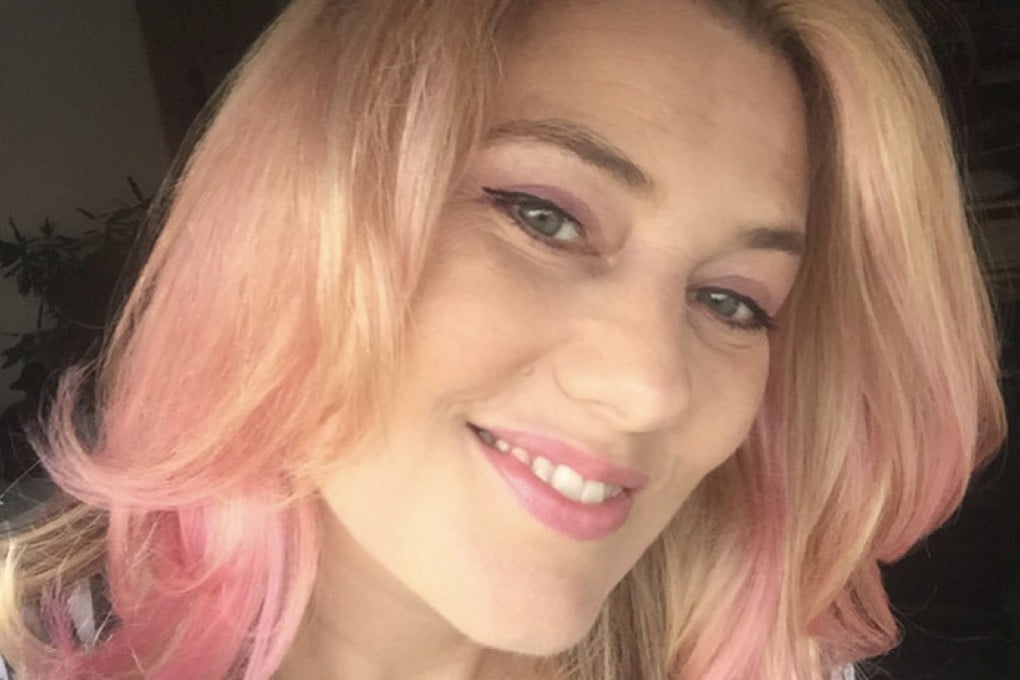What your hairstyle says about you and your mental health and why we make radical hair decisions, from mullets to pixie cuts
- A new image can represent a new way of looking at ourselves, while radical changes often represent someone going through a significant event like a break-up
- The increasingly popular choice to go grey may be a sign of self-confidence – or suggest a lack of self-care rooted in mental health struggles

Looking for new hairstyles is a favourite pastime of mine, and I turn to Pinterest for inspiration, to copy celebrities. Demi Moore in GI Jane inspired my most radical transformation, Úrsula Corberó from Money Heist my most commented on (a mullet) and Jada Pinkett Smith a few hairstyles that looked better on her than on me. But hair grows out, and I can always change it again.
I interpret my need for constant change as a reflection of my impatience and tendency to grow bored easily. But I asked Hong Kong-based registered clinical social worker Katie Leung Pui-yan for her professional opinion.
“A new image can represent a new way of looking at ourselves, and how we see ourselves on the outside often reflects how we feel on the inside,” says Leung, who provides psychotherapy to children, adults and families.

In her experience, people go for radical changes to their hair when they want changes in their lives or are going through a significant event, be it a break-up, the end of a work project, a death in the family or plans to travel somewhere new. So, a haircut often symbolises a “fresh start”.
However, in some cases a dramatic change can point to more serious mental health concerns that reflect distress or trauma its wearer is going through.
